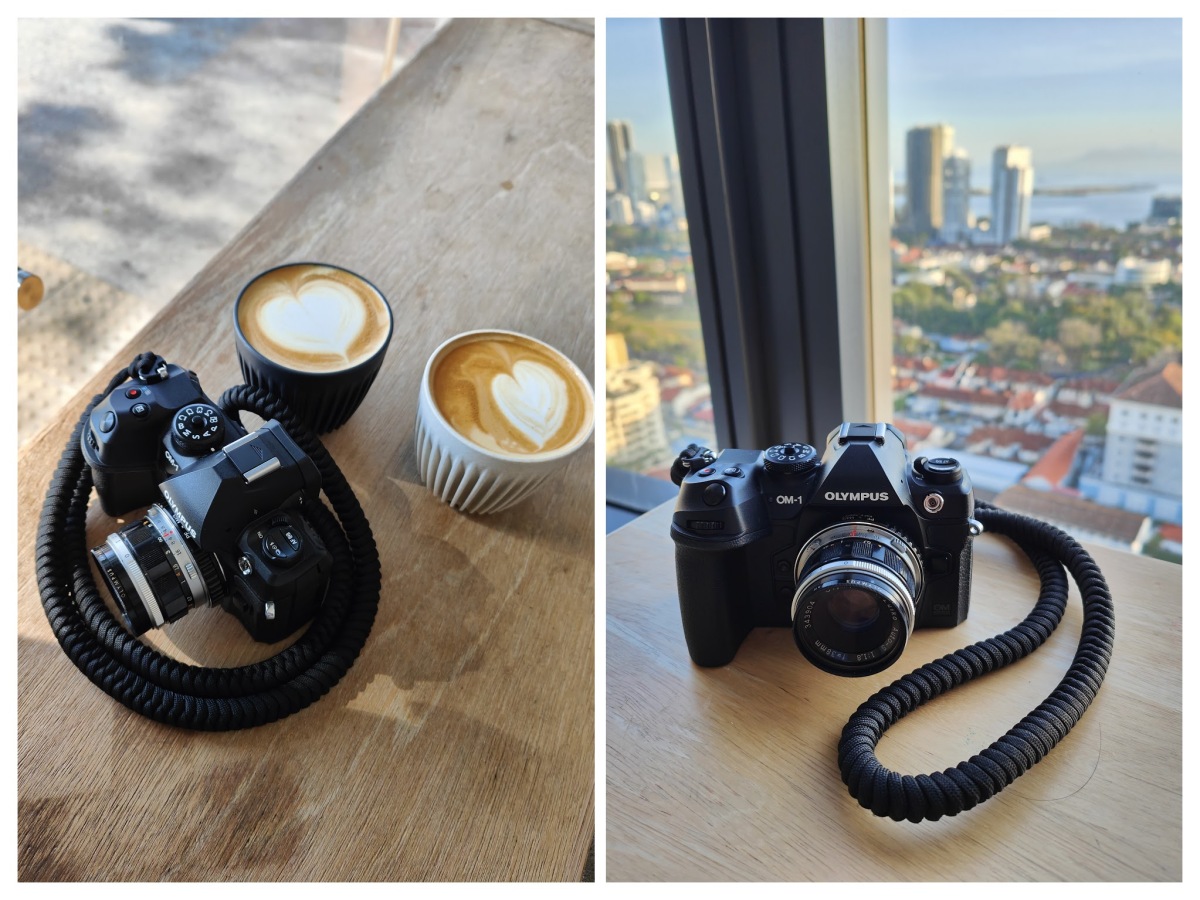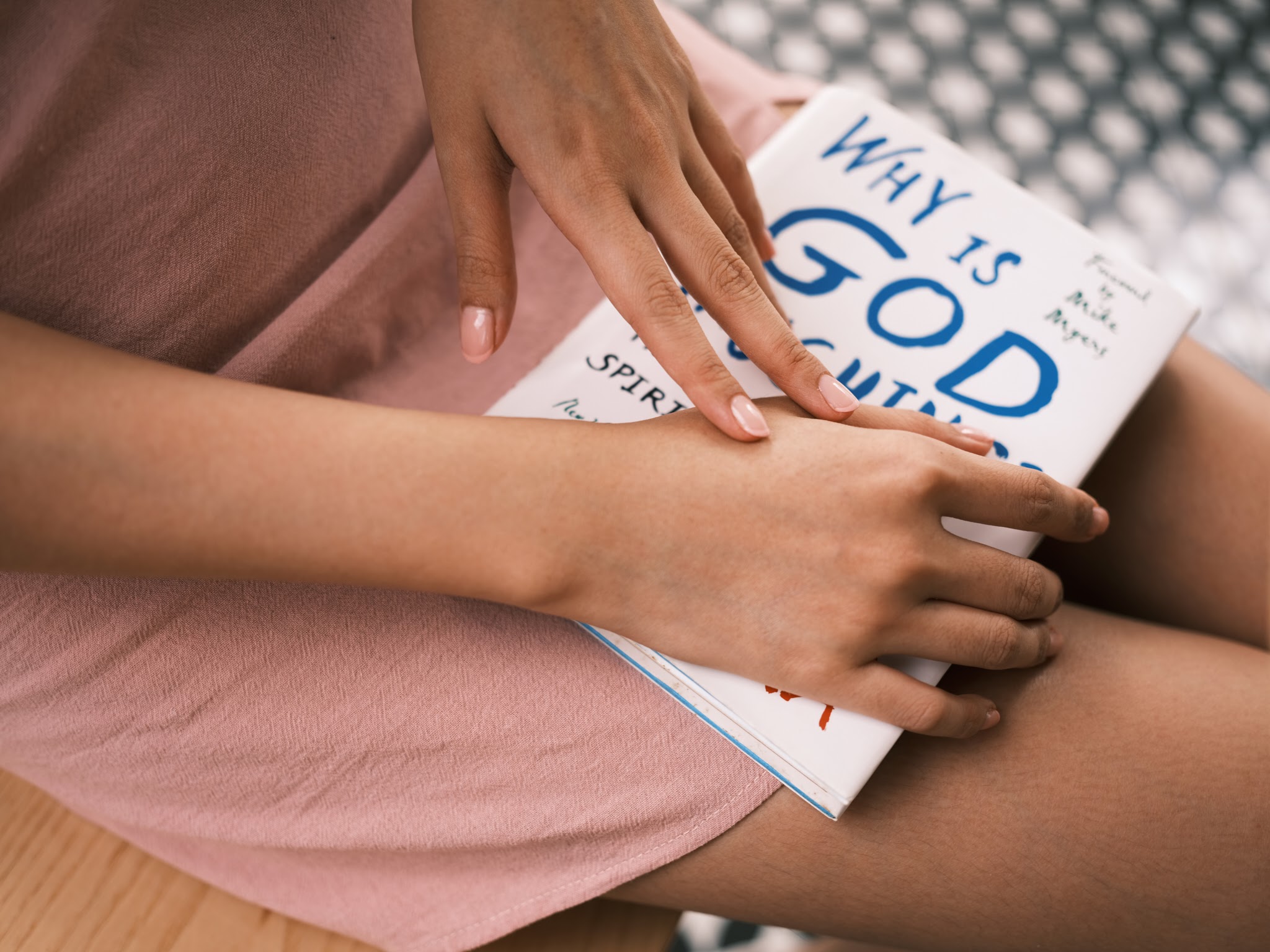
Most of my friends have quit photography altogether. Some citing the lack of purpose and the pointlessness of sharing in the Era of AI. Links about AI were sent flying on our Whatapp channel. Yes I have seen the output, i see no threats whatsoever coming from images cooked up from learning from actual public photographs.
A scene flashed before my mind, I recalled when I first started photography and I bought a magazine, Digital SLR Magazine or something like that with promises of tutorials in getting better photographs at the cover of the magazine. I recall vividly that I read a page in there of how one can use Photoshop to remove a twig that was behind the photo of a lady captured by the camera. Poof! The twig goes missing and the photo was “strengthened”. I could recall clearly how I felt back then, “This is not photography, if you can remove or add things, what is the point of it”.

I consulted some veteran in the industry and they said its normal and ok to do it. It never got passed me, I seared my conscience year after year as I polish my portrait skills and doing all kinds of editing to please the model friends, before the word “influencers” even exist, these are just visually interesting people that are great to shoot at, but more importantly the forging of friendship with some of them has been a gem in this journey.
I never liked photoshop and opted only to use Lightroom. Editing WB, tones and fixing distortion slips thru my judgemental mirror easily, whatever shine remains on it. As time goes by I went to a gazillion of gears, funded by my business success. Photography is a safe hobby, I told myself. I seen ill fated businessmen destroy their families and relationships and all the money in the world ain’t gonna fix the damages. Womanizing, gambling and alchohol, these are really bad hobbies.
GAS, GAS, GAS

The pursuit of acquiring new gear in the belief that it will bring a tangible difference is often a hollow chase. While shopping can momentarily serve as therapy, its allure quickly dissipates upon unboxing. Some photographers, seeking meaning in their new acquisitions, create rituals such as crafting an album or engaging a model for a shoot. Yet even these acts often only serve as fleeting escapes before one is drawn back into the relentless cycle of desire and acquisition.
In the relentless pursuit of photographic mastery, I stand as both a cautionary figure and a paradoxical victor, ensnared by the allure of acquisition. Whether claimed victim or delusional conqueror, I have sought and owned many a unique and desirable camera, only to realize that possession itself is but a fleeting triumph in an endless quest for something ever elusive.

Can one fault an artist for cherishing their instruments? The joy found in acquiring and utilizing them is a sublime experience, akin to a melody that resonates with the soul. Yet, the siren song of the next camera, promising purpose and meaning, is a tantalizing lure, perpetually beckoning, always hinting at something greater, yet remaining ever elusive. In laymen term, I knew what I was getting into, yet I believe years of evolving experience and wisdom gained would entitled me to to choose the right gear that I would be 100% happy with.

2023
As the year 2023 unfolds, I find myself triumphant over the insatiable ghost of Gear Acquisition Syndrome (GAS), having sacrificed myriad tools in allegiance to Sony A7SIII, Pentax 645Z, and Leica CL. Through countless family images and over ninety model collaborations, my portrait pursuits have evolved, yet they remain unadorned by the fleeting applause of social media. With a modest following of 4,000 on Instagram, I stand in defiance, treating the platform as the antithesis of genuine artistry, a silent testament to the authentic pursuit of photographic expression.
I been doing a lot more street than models and I have a lot more models going into the mid 30s age range and losing interest in doing further modelling. The end it seems is knocking on the door right at the time when I finally made peace with my photography journey.
The Leica CL, an exemplar of design and function, finds itself undermined by Leica’s pricing of its electronic lenses – a fate that may befall the Leica SL as well. The audacity to affix a price range congruent with the mechanically focused M lenses to electronically driven counterparts is a move fraught with overreach. The tangible brass and the tactile experience of mechanical focusing in the M lenses are qualities that entitle them to a price justified by their detachment from the shifty digital realm. In contrast, the electronic lenses’ connection to the digital age fails to warrant a similar investment, reflecting a disconnect between the intrinsic value of craftsmanship and the market’s willingness to embrace it.
I went to Fukukoka with the Leica CL and I visited Kyoto with 2 Leica CL. There is just perfection in the form when I pair them with manual focus lenses like those from TT Artisans.

The point is, I am still having fun. I reconcile the issues with editing and changing stuffs in Photoshop and the AI generative art to the same category. Truth have a way for forcing itself into our attention. I see lesser and lesser value in photos that are retouched and more and more value and beauty in images that I kept the “truth” intact, just tuning the WB, exposure and adding film simulation feel to them.
The images above are taken using Leica CL with 17 1.4 and 50 1.2. Seems like I found the sweet spot for portraits story telling by having both focal length. For moving subjects the Sony A7SIII nails everything with a 40 f2.5 lens. I still shun studio shooting as I have little to no interest in fake background.
What about street photography?
Currently I am just using Leica CL for them. I am leaning toward sticking to the 23 f2 autofocus summicron lens for street as things are changing so fast, its either zone focusing or autofocus. In my recent Kyoto trip I did try using manual focusing, it’s not hard but on the 3rd day I was clearly tired of manual focusing.
Whats Next?
We just need to shoot more and share more. We need to treat Instagram as a toy rather than a serious tool, the algorithm and visual size has caused more damaged to photography industry than anything else out there. It is clearly a platform just for influencers or those committed to feed the algorithm Gods with topics that some of us have no interest to sell our souls for.
I was digging up my old gears to clear or giveaway when I stumbled upon the Sigma Dp2. Boy did this camera bring so much joy to my journey that started it all. I wonder (GAS ghost creeping up)…how does the Quattro DP2 perform. Just like Leica, Sigma is one of those companies with balls of steel in coming up with unique proposition to cameras. Sigma community in dpreview is nothing but toxic, an utter disservice to new comers. Lets just keep historical grudges as things in the past, cherish the beautiful memories of using that tool.















































